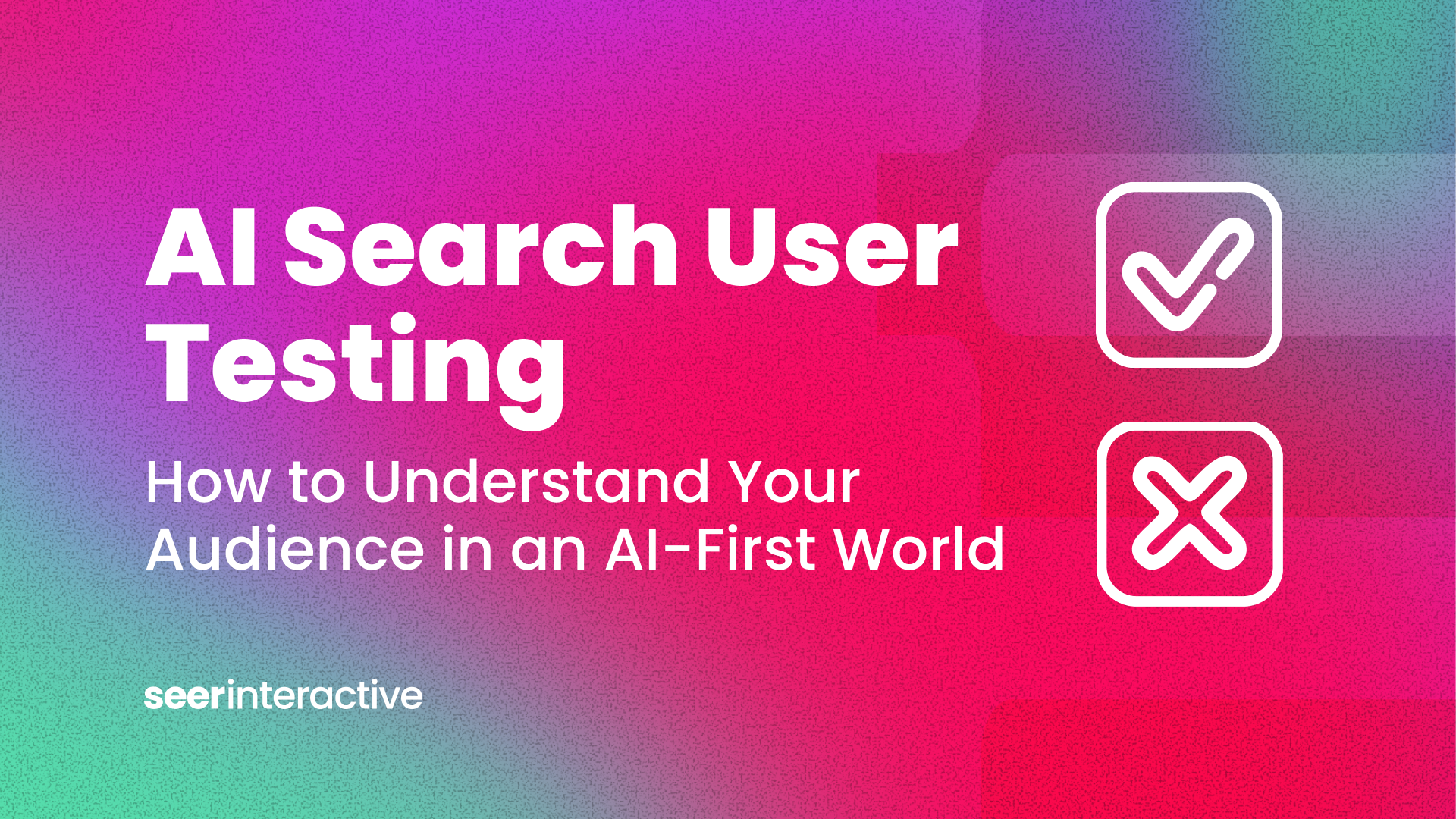We recently shared How AI Overviews Are Impacting CTR: 5 Initial Takeaways, where Nick Haigler observed that the presence of AI Overviews (AIOs) in search results correlates with a 12 percentage point decrease in Paid click-through rates (CTR). Notably, however, AIOs appeared for only 7% of the Paid Search dataset, accounting for just 2.2% of total impressions.
Building on these findings, this post examines how AI Overviews impact Paid Search performance—especially for research-driven queries—and explores strategic shifts advertisers can consider to adapt.
What Are AI Overviews and Why Do They Matter?
Before diving into the data, let’s quickly recap what AI Overviews are and why they’re shaking up the Search landscape. As Alisa Scharf outlined in Google’s AI Overviews, 4 Key Performance Insights, AI Overviews—formerly known as Search Generative Experience—are a new feature that leverages generative AI for certain queries. Unlike traditional Google search, AI Overviews generate synthesized responses that appear at the top of search results.
With AI-generated summaries addressing queries directly, users are more likely to find what they need without clicking further, contributing to a rising trend referred to as “zero-click searches”. This shift can also push Paid Search ads further down the page, reducing the chances that users will see or interact with them. These dynamics explain the trends in click-through rate (CTR) we’re observing.
Our Findings
We found that when AI Overviews were present in the search results, the paid click-through rate (CTR) dropped to 9.87%, compared to 21.27% when no AI Overview was shown for the same set of queries. This represents an estimated 53.6% decrease in traffic compared to if no AI Overview were shown. However, it’s important to note that AI Overviews appeared for just 7% of the paid search dataset, representing only 2.2% of total impressions.
CTR Trends by Query Type
Digging further into this dataset, the type of queries with AI Overviews in the SERP helps explain this CTR decrease. Of the Paid queries with an AI Overview in the SERP 37% were questions, 31% were medical-related queries, and 18% were brand-related. These types of queries are highly research-focused or informational and naturally align with the purpose of AI Overviews. In terms of engagement, we found that question-based queries had a CTR of 11.76% when an AI Overview was shown, while medical-related queries showed a CTR of 10.03%. As expected, brand-related queries performed significantly better, with a CTR of 16.36%.
Adapting to AI Overviews
Given our findings, we anticipate decreased traffic from research-based queries as AI Overviews push ads further down the page or satisfy users’ informational needs directly. To continue reaching users in the research phase, advertisers will need to explore tactics beyond traditional Paid Search.
Test Upper & Mid-Funnel Tactics
Consider re-investing in upper- and mid-funnel campaigns—such as display and video ads—to help maintain visibility as users engage with relevant topics, even if they aren’t ready to convert. Social media campaigns can also offer valuable early touchpoints, building familiarity and trust as users progress through their journey.
Owning the Overview
Increasing collaboration with SEO teams is another way to help secure visibility in the space. Since AI Overviews often pull content from trusted sources, optimizing for Organic Search can improve a brand’s chances of appearing within these summaries and help “own” the AI Overview space.
Additionally, Google has recently introduced ad placements within AI Overviews, offering a potential new avenue to stay visible in research-oriented searches. However, Google has yet to release reporting capabilities or options to opt in or out of these placements. Instead, Google recommends continuing to focus on “Search Creative Excellence” to increase the likelihood of appearing within AI Overviews.
Where Do We Go From Here?
AI Overviews are changing how users engage with Paid Search, especially for research-driven queries. To stay ahead, we recommend taking a close look at your own data to see how these shifts impact your performance.
Interested in strategies to navigate the rollout of AI-driven search experiences? Reach out—we’re here to help you find new opportunities and adapt effectively.


